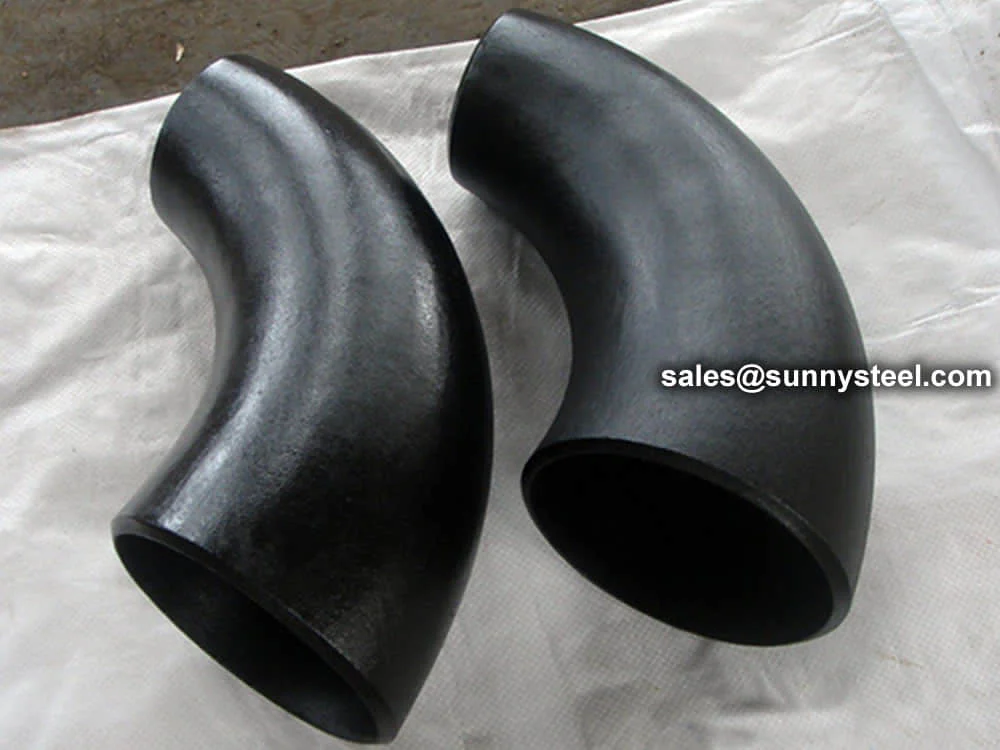
Reducing Elbow For Corrosion-resistant Piping Solutions
A Reducer Elbow is a fitting used to join two different sizes of pipe.
Reducing Elbow For Corrosion-resistant Piping Solutions
A Reducer Elbow is a fitting used to join two different sizes of pipe. Reducer elbows are so named because they look like a reducer and an elbow in one. Reducing elbows have different sized openings at each end so they can connect two different sizes of pipe.
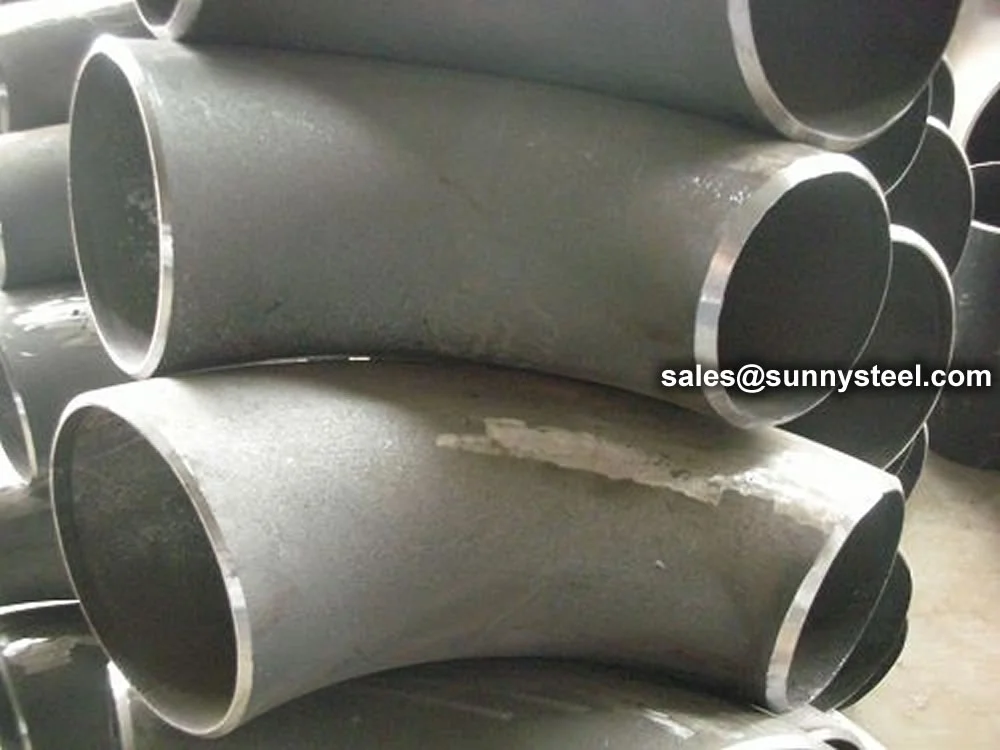
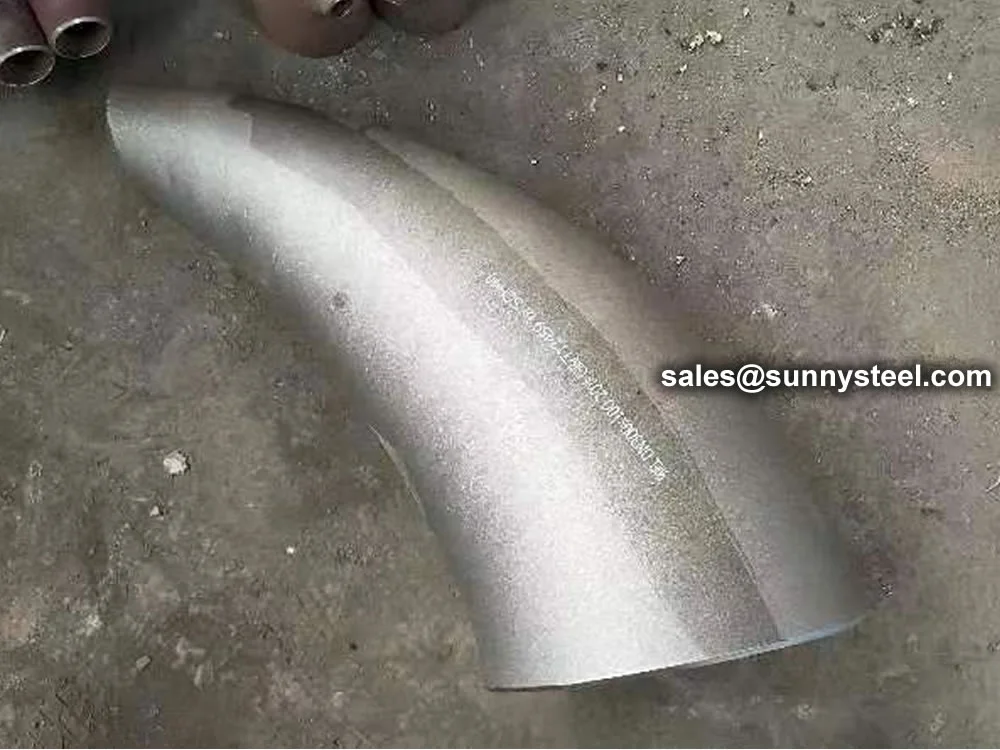
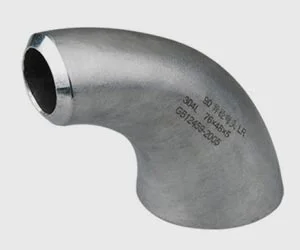
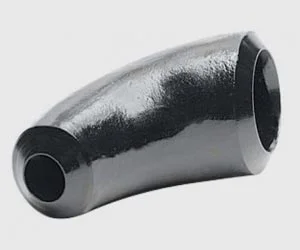
Reducing Elbow fittings are critical for industrial piping systems, designed to connect pipes of different diameters while changing flow direction, typically at 90° or 45°. Compliant with ASME B16.9 standards, our seamless alloy steel reducing elbows provide corrosion resistance and erosion resistance, making them ideal for boiler pipeline protection in refineries, petrochemical plants, and power generation facilities.
Manufactured through hot-rolling, cold-drawing, or extrusion, these seamless alloy elbows are heat-treated to enhance mechanical properties. With high chromium (4.00-6.00%) and molybdenum (0.45-0.65%) content, they offer superior resistance to oxidation and wear from corrosive fluids, gases, and abrasive slurries. Available in long-radius (LR, R=1.5D) and short-radius (SR, R=1D) configurations, reducing elbows cater to both high-flow and space-constrained applications.
Our reducing elbows support welding, bending, and flanging, with recommended preheating (150-200°C) and post-weld heat treatment (650-700°C) to ensure weld integrity. Available in sizes from 1/2” to 24” (DN15 to DN600) and wall thicknesses from SCH 40 to SCH 160, they accommodate varying pipe diameters. Rigorous testing, including tensile, flattening, and hydrostatic tests, ensures reliability in conditions up to 650°C.
Enhanced with coatings like 3LPE or FBE, these elbows provide exceptional corrosion resistance, suitable for oil and gas pipelines, chemical processing, and pneumatic conveying systems. Their ability to connect pipes of different sizes makes them versatile for complex industrial piping layouts, ensuring smooth transitions and durability.
For engineers seeking versatile boiler pipeline protection, our reducing elbows deliver strength, safety, and longevity, addressing challenges like pipeline corrosion, thermal stress, and diameter transitions in demanding systems.
| NPS | Outside Diameter at bevel |
Center to End A |
|
|---|---|---|---|
| Large End |
Small End |
||
| 4 - 3 | 114,3 | 88,9 | 152 |
| 4 - 2.1/2 | 114,3 | 73 | 152 |
| 4 - 2 | 114,3 | 60,3 | 152 |
| 5 - 4 | 141,3 | 114,3 | 190 |
| 5 - 3.1/2 | 141,3 | 101,6 | 190 |
| 5 - 3 | 141,3 | 88,9 | 190 |
| 5 - 2.1/2 | 141,3 | 73 | 190 |
| 6 - 5 | 168,3 | 141,3 | 229 |
| 6 - 4 | 168,3 | 114,3 | 229 |
| 6 - 3.1/2 | 168,3 | 101,6 | 229 |
| 6 - 3 | 168,3 | 88,9 | 229 |
| 8 - 6 | 219,1 | 168,3 | 305 |
| 8 - 5 | 219,1 | 141,3 | 305 |
| 8 - 4 | 219,1 | 114,3 | 305 |
| 10 - 8 | 273 | 219,1 | 381 |
| 10 - 6 | 273 | 168,3 | 381 |
| 10 - 5 | 273 | 141,3 | 381 |
| 12 - 10 | 323,8 | 273 | 457 |
| 12 - 8 | 323,8 | 219,1 | 457 |
| 12 - 6 | 323,8 | 168,3 | 457 |
| 14 - 12 | 355,6 | 323,8 | 533 |
| 14 - 10 | 355,6 | 273 | 533 |
| 14 - 8 | 355,6 | 219,1 | 533 |
| 16 - 14 | 406,4 | 355,6 | 610 |
| 16 - 12 | 406,4 | 323,8 | 610 |
| 16 - 10 | 406,4 | 273 | 610 |
| 18 - 16 | 457 | 406,4 | 686 |
| 18 - 14 | 457 | 355,6 | 686 |
| 18 - 12 | 457 | 323,8 | 686 |
| 18 - 10 | 457 | 273 | 686 |
| 20 - 18 | 508 | 457 | 762 |
| 20 - 16 | 508 | 406,4 | 762 |
| 20 - 14 | 508 | 355,6 | 762 |
| 20 - 12 | 508 | 323,8 | 762 |
| 20 - 10 | 508 | 273 | 762 |
| 24 - 22 | 610 | 559 | 914 |
| 24 - 20 | 610 | 508 | 914 |
| 24 - 18 | 610 | 457 | 914 |
| 24 - 16 | 610 | 406,4 | 914 |
| 24 - 14 | 610 | 355,6 | 914 |
| 24 - 12 | 610 | 323,8 | 914 |
| Feature | Reducing Alloy Elbow | LR Alloy Elbow | SR Alloy Elbow |
|---|---|---|---|
| Material Type | Ferritic Alloy Steel | Ferritic Alloy Steel | Ferritic Alloy Steel |
| Bending Radius | 1.5D or 1D | 1.5D | 1D |
| Pipe Diameter | Connects Different Sizes | Same Size | Same Size |
| Temperature Range | High (up to 650°C) | High (up to 650°C) | High (up to 650°C) |
| Corrosion Resistance | Excellent (High Cr/Mo) | Excellent (High Cr/Mo) | Excellent (High Cr/Mo) |
| Erosion Resistance | Excellent | Excellent | Good |
| Applications | Boilers, Petrochemical, Size Transitions | Boilers, Petrochemical | Tight Spaces, Low Pressure |
| Key Advantage | Connects different pipe sizes | Smooth flow | Compact design |
High chromium content ensures protection against rust and corrosive fluids.
Durable alloy steel withstands wear from abrasive slurries.
Ideal for high-temperature boiler systems and industrial applications.
Supports welding and bending for flexible pipeline configurations.
Reduces material costs by connecting different pipe sizes.
Connects pipes of different diameters for complex layouts.
Standard right-angle connection with diameter reduction.
Gentle angle for smoother directional change.
Used for special piping layouts requiring wide angle bends.
U-bend with size reduction for return piping systems.
A curated list of long-tail keywords for reducing alloy elbows, covering specifications, applications, and material properties.
Note: ASME B16.9 covers reducing alloy elbows for corrosion-resistant applications connecting different pipe sizes. Contact a certified supplier for detailed specifications.

Formed by hot pressing or forging, directly welded to pipe with beveled ends for full penetration weld. Suitable for high pressure & high temperature pipelines.
Features a socket at the end where the pipe is inserted before welding. The actual end diameter is slightly larger than pipe OD for proper fit.
Similar to socket weld elbows but with threads inside for easy installation & removal. Ideal for repair and maintenance work in low/medium pressure pipelines.
ASTM A403 WP Gr. 304, 304H, 309, 310, 316, 316L, 317L, 321, 347, 904L
ASTM A234 WPB, WPBW, WPHY 42, 46, 52, 60, 65, 70
ASTM A420 WPL3, A420 WPL6
ASTM / ASME A/SA 234 Gr. WP 1, 5, 9, 11, 12, 22, 91
ASTM A815 / ASME SA815, UNS S31803, S32205, Werkstoff No. 1.4462
ASTM / ASME SB336: UNS 2200 (Nickel 200), 2201 (Nickel 201), 4400 (Monel 400), 8020 (Alloy 20), 8825 (Inconel 825), 6600 (Inconel 600), 6601 (Inconel 601), 6625 (Inconel 625), 10276 (Hastelloy C276)
Pipe fitting dimensions are in either metric or Standard English. Common fittings include 90° long radius, 45° elbows, and 180° return bends. LR and SR elbows are widely used in heating and cooling units.
Define requirements for design, fabrication, materials, tests, and inspection of piping systems.
Provide design and construction rules for pipe fittings, adapters, flanges, sleeves, elbows, tees, valves, etc.
| Carbon Steel | A234 WPB (A & C available) |
| High Yield Carbon | Enhanced strength properties |
| Stainless Steel | 304, 316 (SCH 10 common) |
| Nickel Alloys | Specialized applications |
| ASME B16.9 | Factory-Made Wrought Steel |
| ASME B16.28 | Short Radius Elbows |
| ASME B16.25 | Buttwelding Ends |
| MSS SP-97 | Welding End Standards |
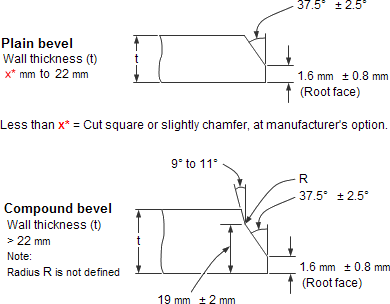
Plain Bevel and Compound Bevel
All welded pipe fittings have beveled ends to allow for ease of welding. This bevel allows for full penetration weld in most cases.
Welding Bevel acc. to
Butt weld pipe fitting bevels provide reliable, high-strength connections for demanding industrial piping applications.
|
DIN Standard German Industrial Standard |
EN Standard European Norm (CEN) |
ASME Standard American Society of Mechanical Engineers |
|---|---|---|
Low-Carbon & Low-Temp Steel
|
Low-Carbon & Low-Temp Steel
|
Low-Carbon & Low-Temp Steel
|
Low-Alloy High-Strength Steel
|
Low-Alloy High-Strength Steel
|
Low-Alloy High-Strength Steel
|
Molybdenum Steel (High-Temp)
|
Molybdenum Steel (High-Temp)
|
Molybdenum Steel (High-Temp)
|
Cr-Mo Steel (Medium Cr Content)
|
Cr-Mo Steel (Medium Cr Content)
|
Cr-Mo Steel (Medium Cr Content)
|
High Cr-Mo-V Steel (Super High-Temp)
|
High Cr-Mo-V Steel (Super High-Temp)
|
High Cr-Mo-V Steel (Super High-Temp)
|

Industries Using
Reducing Elbow components that are used to connect, join, or adapt different parts of a system, such as pipes, tubes, or hoses. They serve multiple purposes, including:
The choice of fittings depends on the specific requirements of the system, including factors like the type of fluid or gas, pressure, temperature, and the layout of the piping or tubing system.
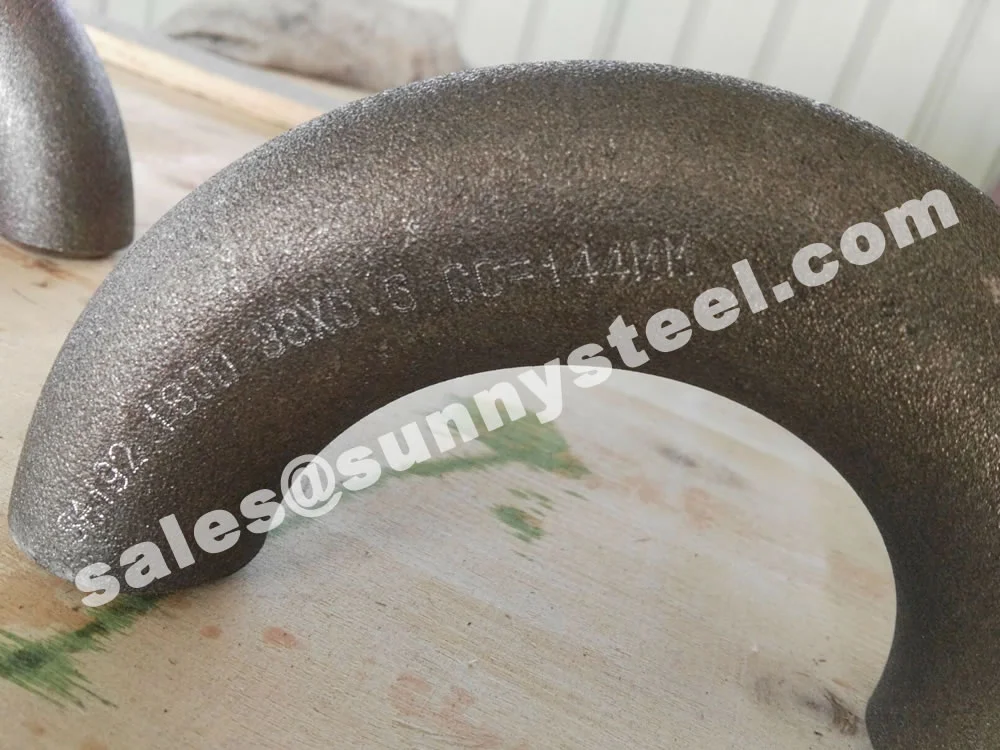
Astm a192 carbon steel elbows are specialized pipe...
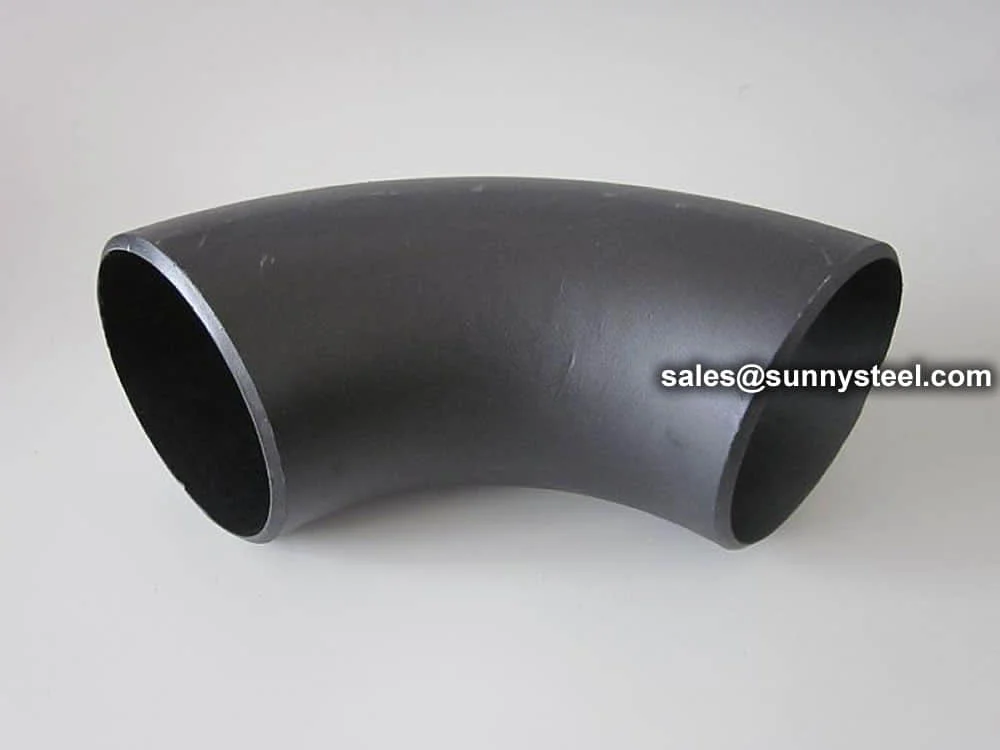
In a long radius elbow, the centreline radius is 1...
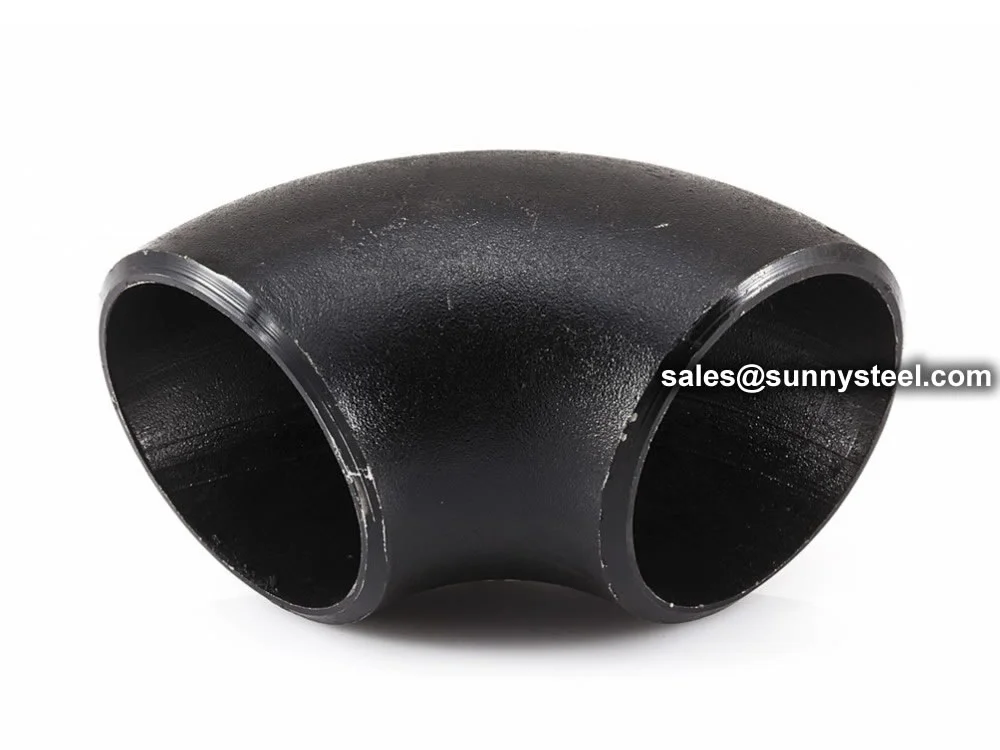
Discover short-radius elbows designed for corrosio...
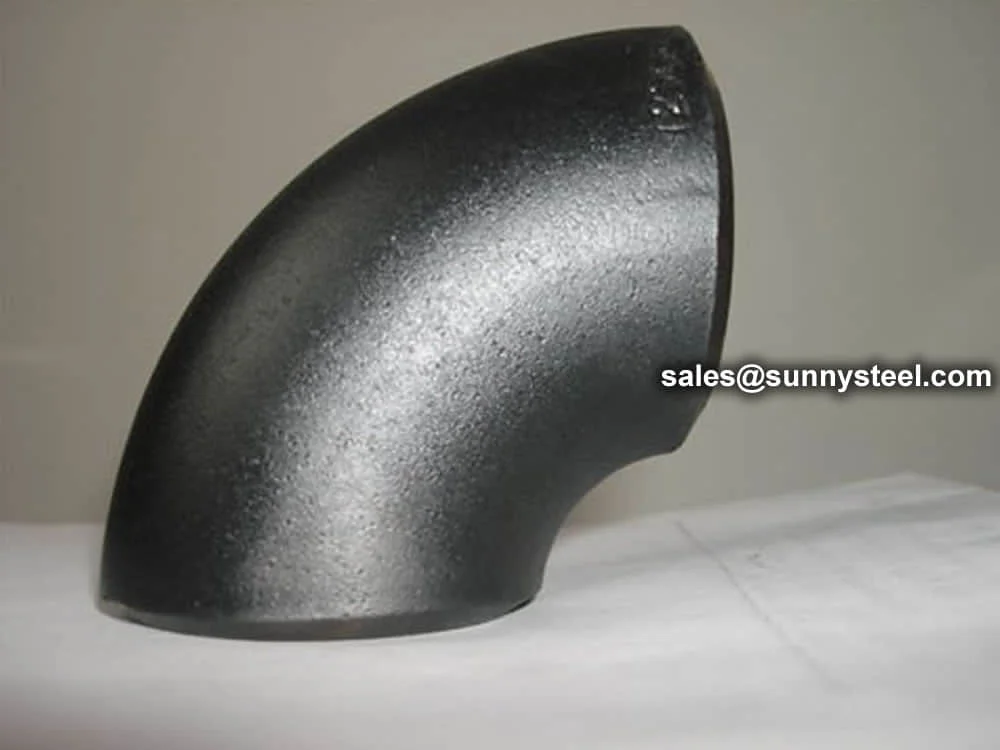
Explore our high-quality astm a420 wpl6 elbows des...
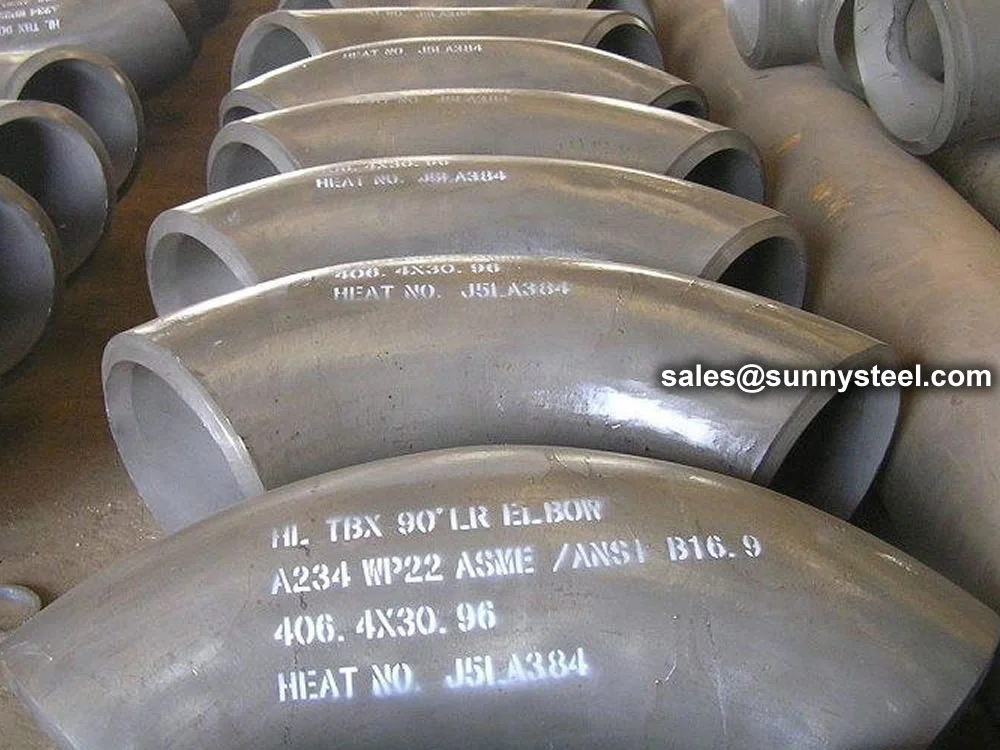
Explore astm a234 wp22 elbows designed for corrosi...
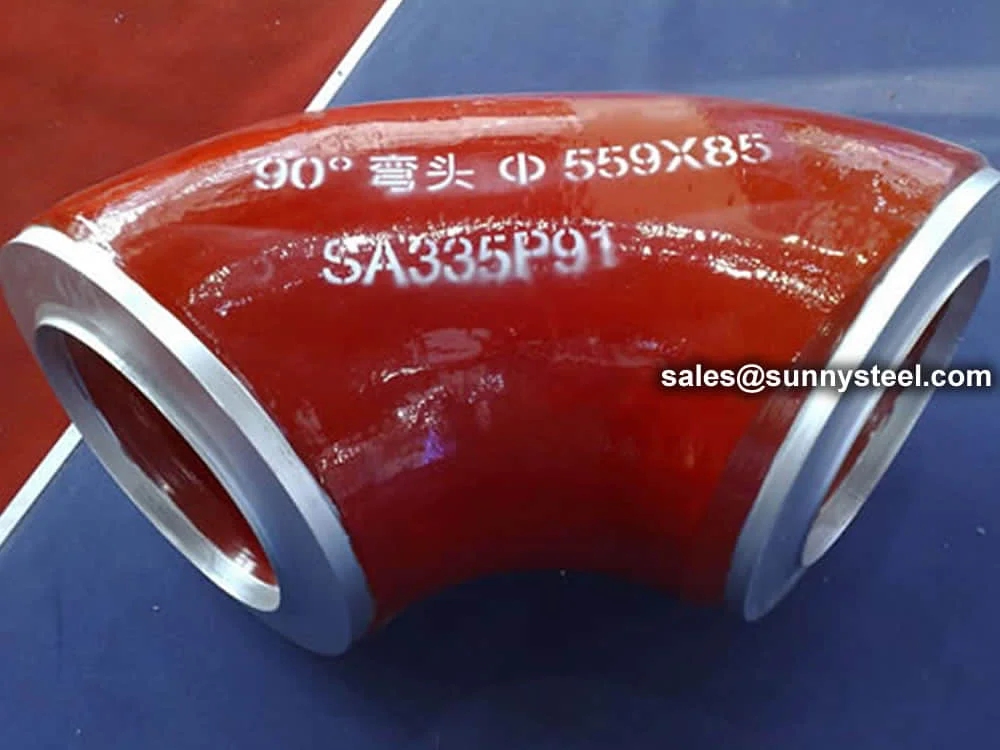
Asme sa335 p91 elbows are premium alloy steel pipe...